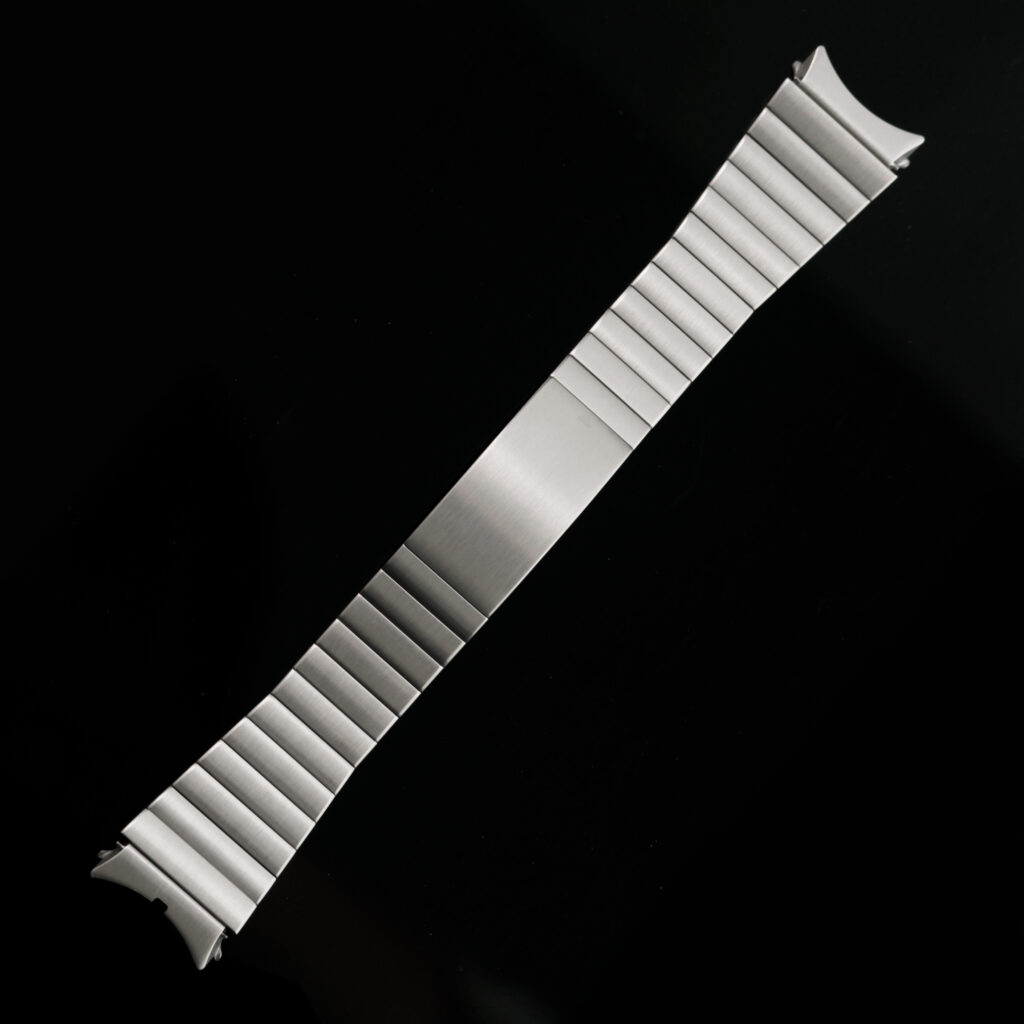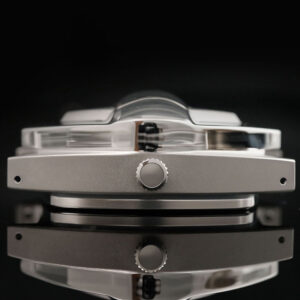Introduction: Why Case Material Matters in Watch Manufacturing
The choice of case material is far more than a design decision—it significantly influences a watch’s durability, comfort, corrosion resistance and ultimately how your brand is perceived. Among the many options, stainless steel and titanium dominate the industry thanks to their well-balanced performance, aesthetics and machinability. In this article we compare stainless steel vs titanium watch cases from both technical and brand-building perspectives, helping OEMs, ODMs and brands make informed decisions that align with their product strategy.
Material Overview: Key Characteristics
Stainless Steel Watch Cases
Common Grades: The most commonly used are 316L stainless steel (widely adopted across Swiss and global brands) and 904L (used in luxury tiers).
Properties: Offers excellent corrosion resistance, good hardness and a high-quality finish. According to material-engineering sources, 316L is prized for its mirror polishability and stability in marine conditions. Stainless-steels
Advantages:
-
High scratch resistance and long-term stability in normal wear conditions.
-
Generally cost-effective and easier to machine, polish and finish.
-
Strong capacity for premium surface finishes—ideal for dress/heritage collections.
Limitations: -
Heavier than titanium (density ≈8.0 g/cm³) which can lead to wrist fatigue, especially in larger cases.
-
Some steel alloys contain nickel which can trigger skin reactions in sensitive users.

Titanium Watch Cases
Common Grades: Typically Grade 2 (commercially pure) or Grade 5 (Ti-6Al-4V aerospace alloy), used in high-performance timepieces.
Properties: Lightweight (~4.4 g/cm³), biocompatible (hypoallergenic), and highly corrosion-resistant.
Advantages:
-
Approximately 40 % lighter than comparable stainless steel cases—a major comfort advantage. Wear To Track+1
-
Non-allergenic: ideal for consumers with sensitive skin or nickel allergies.
-
Excellent resistance to seawater and chemical exposure—making it suitable for dive or sports watches.
Limitations: -
More difficult and expensive to machine and polish—manufacturing costs are higher.
-
Without surface treatment, titanium may show scratches more easily than polished steel.
Technical Comparison: Stainless Steel vs Titanium Watch
Physical & Mechanical Properties
| Property | 316L Stainless Steel | Grade 5 Titanium |
|---|---|---|
| Density | ~8.0 g/cm³ | ~4.4 g/cm³ |
| Hardness (HV) | ~150–200 | ~320–380 (treated alloy) |
| Tensile Strength | ~550 MPa | ~900 MPa (Grade 5) |
| Corrosion Resistance | Excellent | Superior |
| Thermal Conductivity | High | Lower (less skin heat transfer) |
From this data, titanium’s high strength-to-weight ratio makes it ideal for sports and military-style watches, while stainless steel offers superior polish and finish, favored for dress or luxury timepieces.
Machining and Manufacturing Considerations
Stainless steel is easier to CNC machine, engrave, polish and finish; tool wear is lower, and production processes are well-established. Men while titanium requires slower cutting speeds, specialized tooling, temperature control and often additional finishing steps—thus manufacturing costs are typically 20-40 % higher for titanium cases. Wear To Track+1
Surface Treatment and Finishing
-
Stainless steel: Supports mirror polishing, brushed surfaces, sand-blasting, PVD or other coatings.
-
Titanium: Common finishes include bead-blasting, DLC coating, anodizing (for color variants).
For brand strategy: luxury brands often favour the high-gloss polish of steel, while tool- or sports-oriented brands prefer the matte, technical finish of titanium.
Brand Positioning and Consumer Perception
Stainless Steel: Symbol of Classic Elegance
Steel conveys heritage, sophistication and craftsmanship. It suits dress watches, heritage re-issues and premium automatics. Its weight and finish often signal luxury and stability—plus it holds shine and aesthetic consistency with minimal maintenance.
Titanium: Modern, Technical, Performance-Oriented
Titanium appeals to younger, active, tech-savvy consumers. It is popular in diver, pilot, adventure and smart-watch markets due to its lightweight comfort and durability. Brands leveraging titanium build a narrative of innovation, advanced materials and performance, aligning with modern expectations.
Cost, Production, and Supply Chain Factors
Material Cost and Availability
316L stainless steel is abundant, globally available and cost-stable. Titanium alloys are costlier, require more complex sourcing and fewer suppliers, especially when using aerospace-grade materials. ThePipingMart Blog
OEM/ODM Considerations
For high-volume production, stainless steel is optimal—consistent finishing, lower tooling costs and mature supply-chains. Titanium is more appropriate for premium niche collections or limited editions, where exclusivity, weight savings and material narrative justify higher cost.
Conclusion: Choosing the Right Material for Your Brand
The decision between stainless steel vs titanium watch cases ultimately depends on your brand’s positioning, target audience and cost structure:
-
Choose stainless steel if you want timeless luxury and polished aesthetics.
-
Choose titanium if you want modern performance, lightweight comfort and a technical edge.
Many successful brands adopt both—using steel for mainstream models and titanium for high-end or specialty variants—offering mainstream appeal and enthusiast differentiation in parallel.








